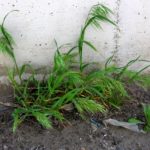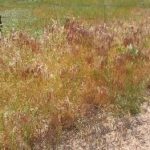Invasive Weed Control
Non-native invasive weeds are a major threat to our mountain ecosystem. They reduce forage for deer, elk, and moose and damage habitats for birds and animals. Noxious weeds can also increase fire danger. Watersheds dominated by these weeds tend to be less able to absorb and store water, resulting in decreased productivity, increased fire occurrence, and increased soil erosion.
The GMPOA manages our grass for Mannix Brothers cattle which graze on our properties about three months of the year. The cattle lease is our only income, which we use mainly to maintain our roads, so the health of our grass is critical.
The Board attacks noxious weeds in several ways. We have a free herbicide program for property owners, giving away herbicide if they agree to spray their acreage. Montana law requires each property owner to control the noxious weeds on his or her land. Volunteers help spray road easements, the entry point for most of our weeds. Each summer we release knapweed weevils, a biological control. We also pull weeds when possible.
RESOURCES AVAILABLE TO GMPOA PROPERTY OWNERS
GMPOA:
- Free herbicide
- Free use of backpack sprayer or tank to fit ATV with wand sprayer
Contact Bob Christensen (imbobbyc@gmail.com or 406-260-8084) or George Tague (geotague@gmail.com or 303-717-2446)
Powell County Weed Board:
- Free use of backpack sprayer
- Free use of ATV with broadcast and wand tank sprayer
- Free use of truck tank sprayer
Contact Karen Laitala (klaitala@powellcountymt.gov or 406-560-2919)
Montana Weed Control Association — http://mtweed.org/
This organization promotes long-term, ecologically-based, integrated noxious weed management programs throughout Montana. Its webpage has a lot of information for property owners. The pages on Weed Identification (http://mtweed.org/weeds/) and Weed Control (http://mtweed.org/weed-control-management/) are especially helpful.
The major noxious weeds we fight in the Garnet Mountains are:
Houndstongue—biennial. Kill it with Cimmaron, Escort, or Opensight herbicides. Add a non-ionic surfactant and shake well. The best kill rate is in spring before the plant flowers. Pull off flowers in the late summer or fall to prevent seeds from forming. It can also be pulled or dug, but you must get at least 3/4ths of the taproot to kill it.


Knapweed—perennial. Kill it with Milestone, Opensight, Forefront R&P, or Tordon 22K herbicide. Spray anytime the plant is actively growing. Fall is a good time to spray when you can identify the plant by the flowers. The plant is storing energy for the winter and pulls the herbicide deep inside it. For a biological control, knapweed root weevils bore into the roots and kill the plant.
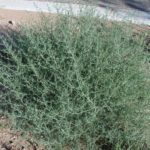
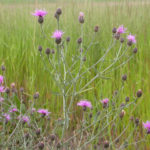
Thistle—perennial. Kill it with Milestone, Opensight, Forefront R&P, 2,4-D ester or Tordon 22K herbicide. Spray from when it emerges to when buds form or in the fall.
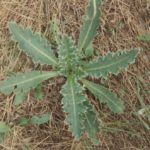
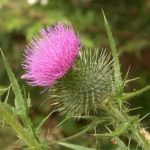
Mullein—short-lived perennial or biennial. Kill it with Cimmaron, Escort, Opensight, Milestone, or 2,4-D ester herbicide. Add a non-ionic surfactant and shake well. The best kill rate is in the spring when the plant has 6 to 12 leaves. It can also be pulled or dug.
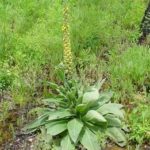
Whitetop (field pennycress)—annual. Kill it with Cimmaron, Escort, or Opensight herbicide. Add a non-ionic surfactant and shake well. Spray from when it emerges to when blooms. Use a stronger solution of herbicide when in bloom. You want to spray before seeds form.
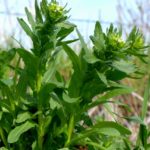
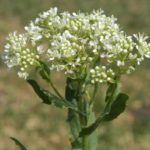
Cheatgrass (also known as downy broome and bronco grass)—annual. Cheatgrass crowds out native grasses and dries out very quickly, becoming extremely flammable. A stand of cheatgrass within 30 feet of your home is a fire hazard. It can be hand-pulled if your infestation is a small area. A Round-Up-type herbicide (glyphosate) will kill actively growing cheatgrass in the spring and early summer. The downside is that it kills everything else in the patch. By mid-July, cheatgrass goes to seed and cannot be killed by spraying. Cheatgrass begins growing in the fall and continues through the winter. Most effective control comes through fall spraying. In the fall, apply glyphosate, Plateau (imazapic) or Matrix (rimsulfuron) at recommended rates. This will retard cheatgrass emergence the next spring. It will take two or more years to effectively eliminate established cheatgrass.
